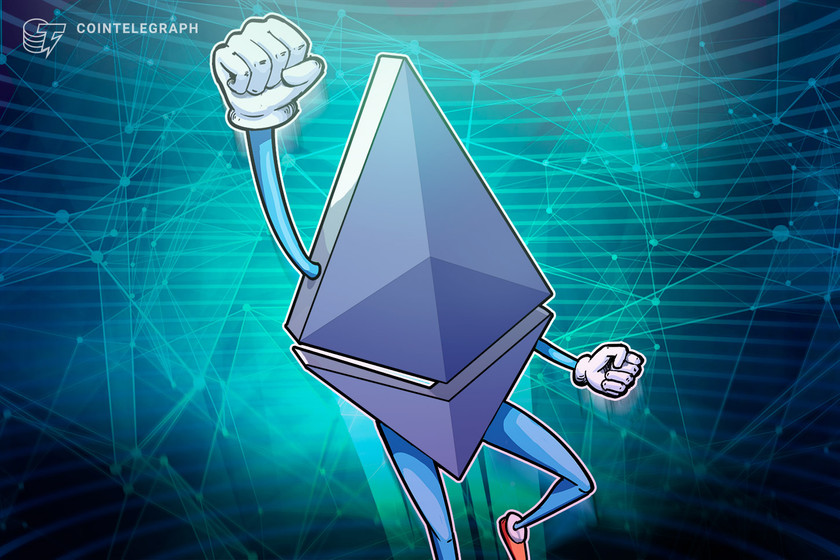Less than 1% of staked ETH estimated to sell after Shanghai upgrade: Glassnode


The analytics firm backed up its prediction, stating only 253 validators have signed up to fully exit their staked Ether position.
Just 170,000 Ether (ETH) of the total 18.1 million ETH staked on the Beacon Chain will be unlocked within the first week of the Shanghai hard fork being executed on Ethereum, Glassnode has predicted.
The figure comprises 100,000 Ether ($190 million) worth of staking rewards and 70,000 ETH worth of staked Ether ($133 million), the on-chain intelligence platform predicted in its April 11 report.
Glassnode backed up its prediction by explaining that only 253 depositors are waiting to exit their stake and that a few mechanisms are in place to prevent a flood of Ether supply from hitting the market all at once.
The highly anticipated Shanghai/Capella hard fork is scheduled to take place on 12-April-2023, enabling the withdrawal of staked #Ethereum.
In this extended edition of the Week On-Chain, we shall evaluate the overall Ethereum staking landscape, develop a framework to establish… pic.twitter.com/EVgsz3s6GG
— glassnode (@glassnode) April 11, 2023
The 253 exiting depositors own a total of 1,229 validators, while another 214 slashed validators will be forced out as soon as Shanghai is activated on Ethereum, with Glassnode confident the hard fork will not have a “dramatic” impact on Ether’s price action:
“Even in the extreme case where the maximum amount of rewards and stake are withdrawn and sold, the sell-side volume still falls within the range of the average weekly exchange inflow volume.”
“Therefore, we conclude that even the most extreme case will have an acceptable impact on the price of ETH,” the firm added.
Data shared by Glassnode found that only 22% of the 253 exiting depositors are currently in profit too.


Glassnode expects a large amount of Ether to be withdrawn from the crypto exchange Kraken after the legality of its staking services was challenged by the United States Securities and Exchange Commission.
It also anticipated that crypto lending platform Celsius may withdraw a large amount to sell its staked Ether as part of its bankruptcy proceedings.
However, it is unlikely that Kraken and Celsius will make these withdrawals as soon as Shanghai is activated, it said.


The average deposit price across all staked ETH is $2,136, down 12.7% from Ether’s current price of $1,865, which equates to a net unrealized loss of $4.7 billion, Glassnode said:
“After the peak unrealized loss of $16B in July 2022, the net unrealized loss now amounts to $4.7B. It is mainly carried by the Whale sized depositors, who hold a 76% share of the unrealized losses.”
Global financial firm Fidelity Investments is also of the view that Shanghai won’t have too much of an impact on Ether’s price action.
Related: Ethereum price turns bullish ahead of next week’s Shanghai and Capella upgrades
It said in an April 5 report that “selling pressure will be muted due to the likelihood of partial withdrawals being re-staked as well as the length of time the withdrawals will take.”
The Shanghai upgrade is set to take effect on April 12 at 10:30 pm UTC, according to blockchain infrastructure firm Blocknative.
The unlocking of staked Ether will be enabled by Ethereum Improvement Proposal-4895.
Of the five EIPs that will be activated by Shanghai, it is by far the most anticipated one, as it will move Ethereum one step closer to a fully functional proof-of-stake system.
Magazine: ‘Account abstraction’ supercharges Ethereum wallets: Dummies guide









